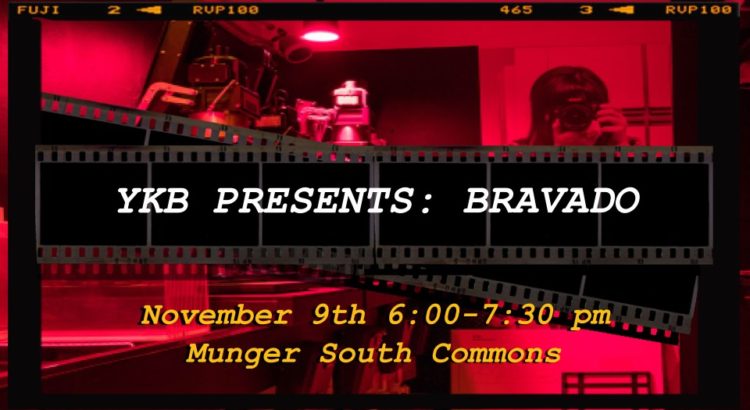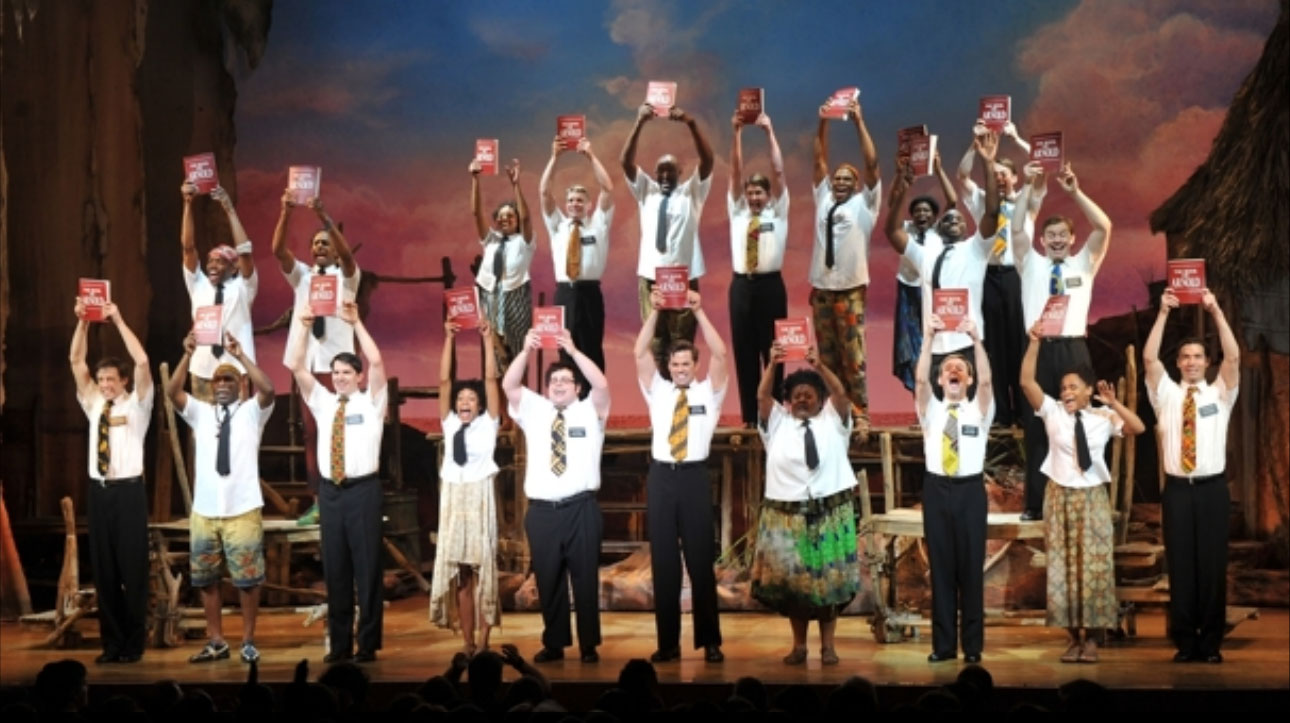“America: a melting pot where values are shared and cultures are blended. But not every town or city in the U.S. is inherently diverse, and I’m always going to look different than my friends back home.”
This is the start of a monologue titled: Half-Asian, All-American. The monologue was written and performed by yours truly as part of YKB’s fall showcase. Why this title? The monologue touched upon my identity as someone of mixed race. My mother is Chinese-Filipino, and my father is Caucasian. While I’ve learned to be proud of who I am, I wasn’t always.
I grew up in a predominantly white neighborhood. The racial and ethnic representation at my small Catholic elementary school was equivalent to a white canvas with a few pinprick dots of color. The representation at the public school I went to for middle and high school wasn’t much better; the school was yet another small institution nestled in a small town, where kids rode their tractors to school during homecoming week and you had to drive far from town to find a mall or movie theater.
While I’m grateful for the memories and friendships I formed at these two schools, they lacked the diversity that I’ve been blessed with at U of M (which isn’t even very diverse!). This meant that I had to break down barriers, answering questions that often reflected stereotypes. No, I wasn’t adopted. Yes, I was actually born in Michigan. No, I don’t speak another language. Yes, I eat french fries and ice cream. No, I don’t eat cats.
The monologue I presented reflected these experiences and the growth I’ve undergone to feel more comfortable with my identities. Growing up, coming from mixed race ancestry resulted in having feelings that I didn’t belong anywhere. Small eyes branded me as an outsider from the only country I’ve ever called home, but cultural differences divided me from my family in the Philippines. I never really talked about this before because I felt that no one in my small communities would understand, but coming to college has encouraged me to confront my fears and reach out to others. I’m currently developing a piece on “being mixed” with a peer in my drama class on race, and the YKB performance was a big step towards discussing the topic.
The show, Bravado, was YKB’s second ever fall showcase. Yoni Ki Baat (YKB) was founded as a U of M organization in 2006 as a platform for women of color to challenge various forms of oppression and share their stories through self-expression. Unlike the annual spring monologue show, the fall showcase featured a capped audience and “intended to create a platform for self-identifying Women of Color to be able to share vulnerable narratives in a more intimate environment.” This allowed for the sharing of highly personal or culturally taboo topics without the pressure of a gigantic audience. Besides giving me the opportunity to share my own work, the event allowed me to hear emotional and powerful stories from a variety of wonderful actresses and writers.




